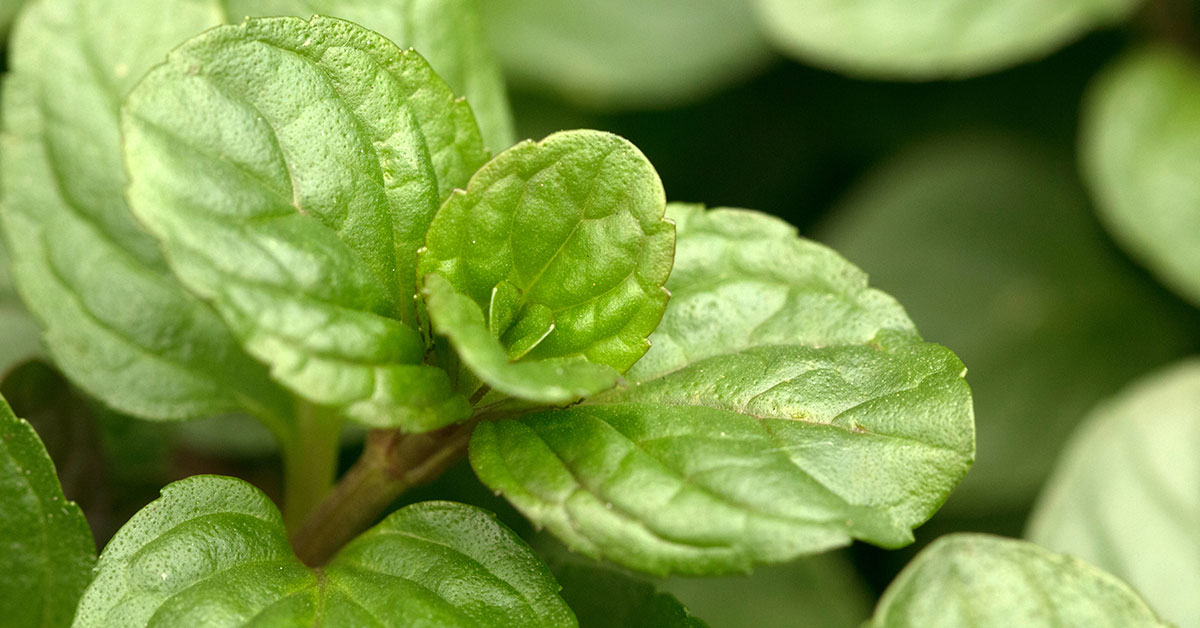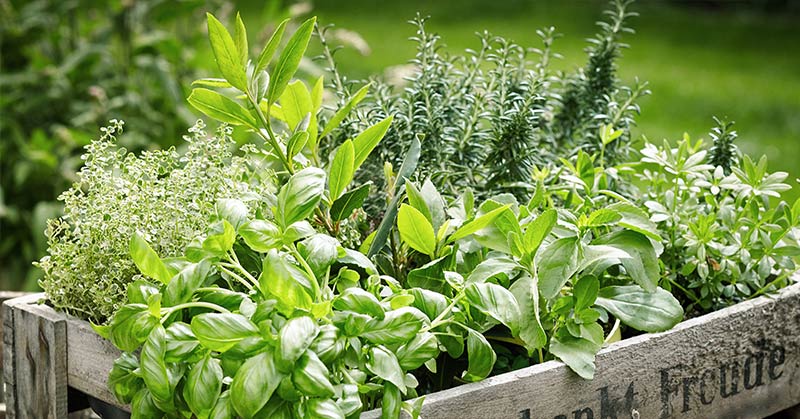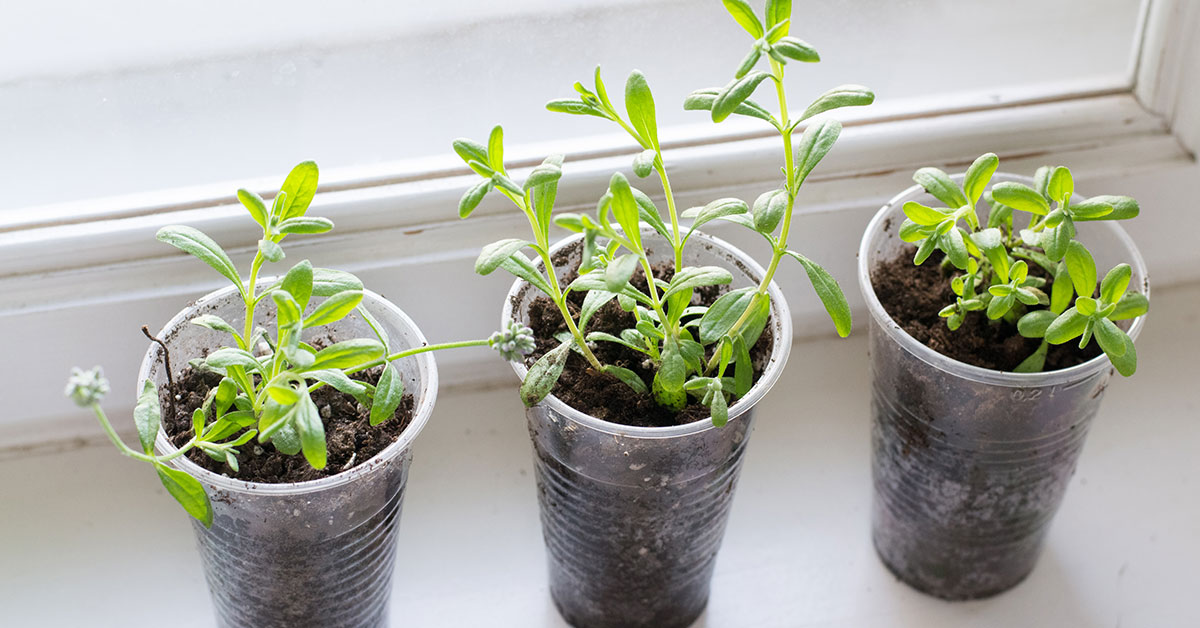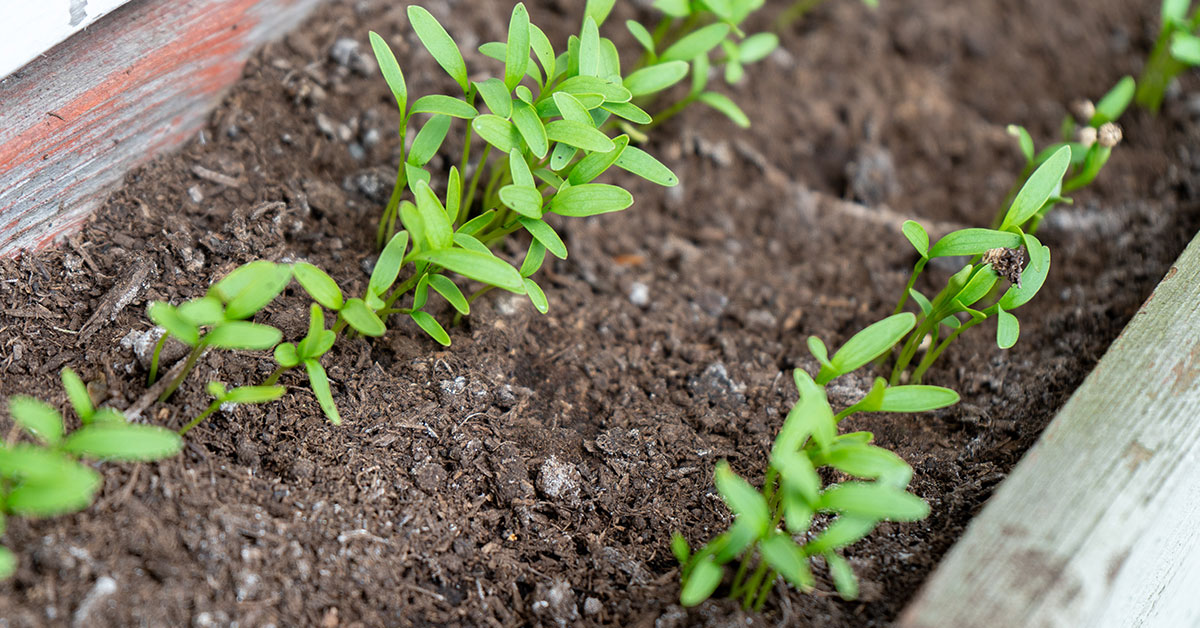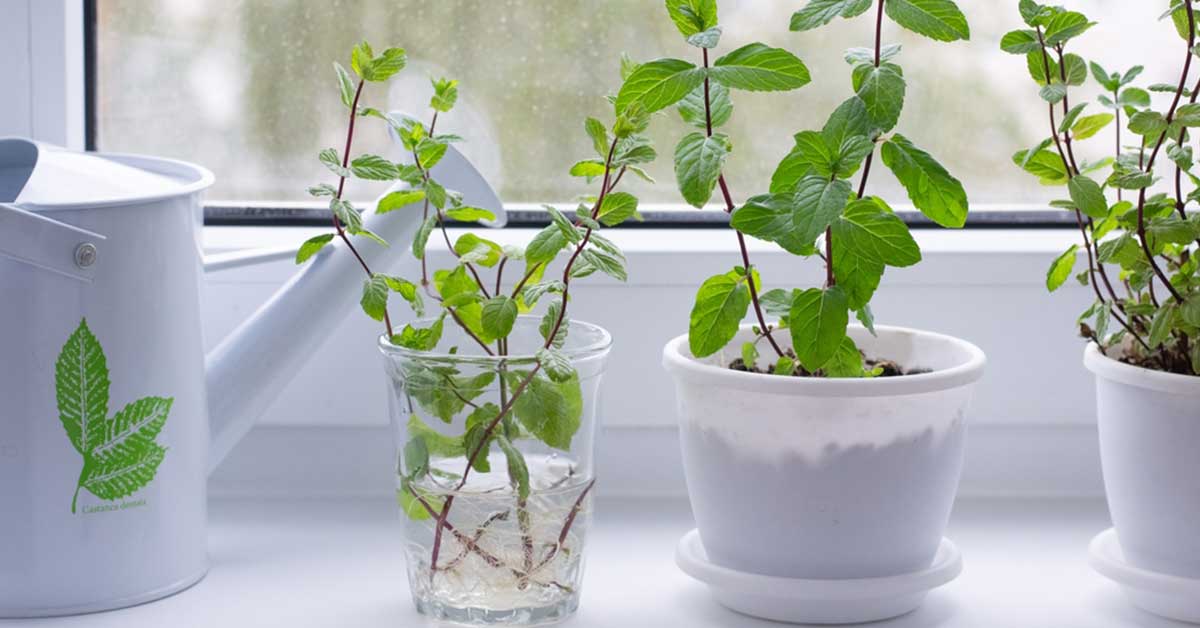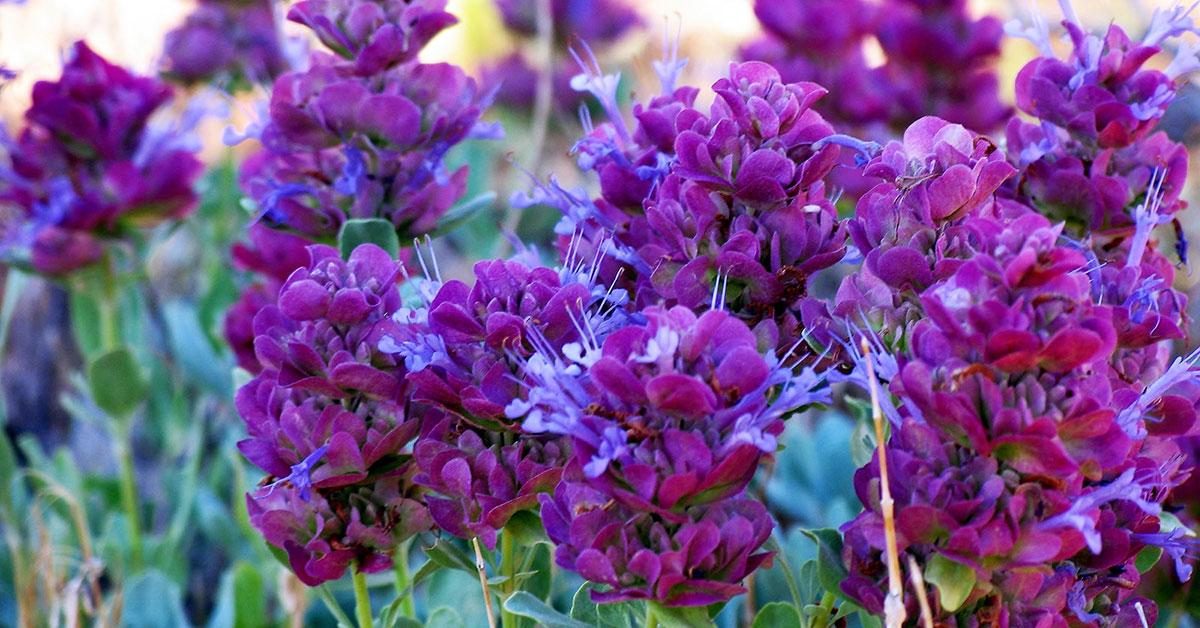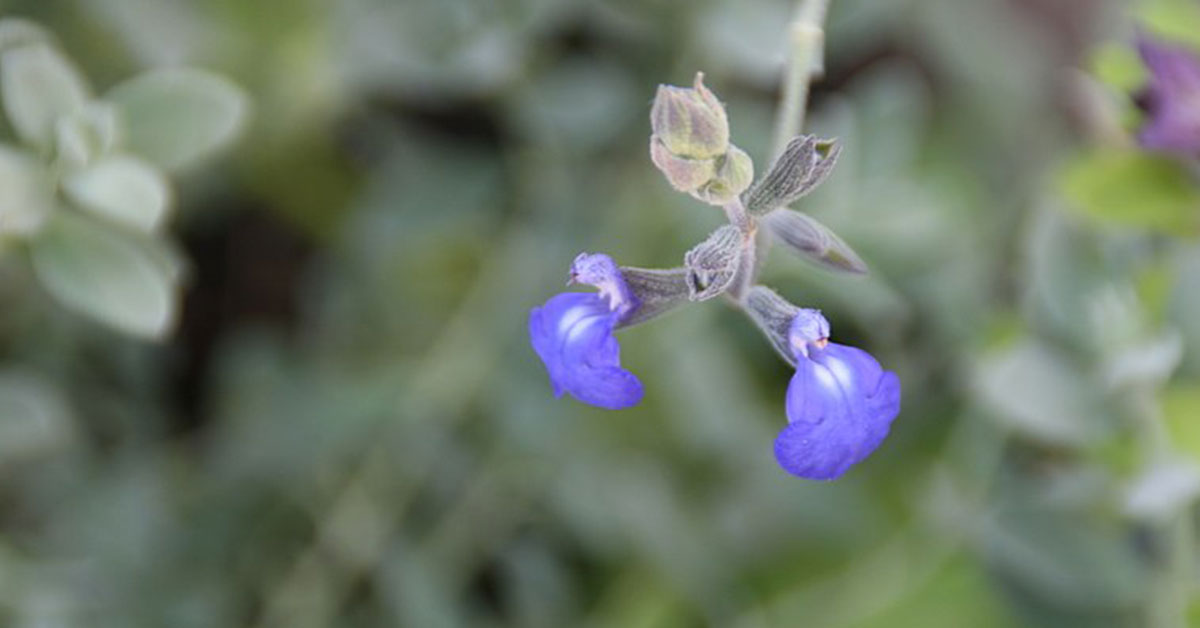Bergamot Mint, also known as Mentha citrata ‘Bergamot’, is a unique and aromatic herb that belongs to the mint family. Its scientific name, Mentha citrata, comes from the Latin word for lemon, which describes its refreshing citrusy scent.
Bergamot Mint is native to Europe, where it has been used for centuries in traditional medicine and culinary applications. In this blog, we will explore the fascinating history, uses, and benefits of Bergamot Mint, and discover why it’s considered a must-have herb for any home garden or kitchen.
What is a Bergamot Mint?
Bergamot Mint, also known as Mentha citrata ‘Bergamot’, is a species of mint that belongs to the Lamiaceae family. It is a perennial herb that is native to Europe and Asia, but it is now widely cultivated in different parts of the world due to its many uses and benefits.
Bergamot Mint is a hybrid plant that is a result of crossbreeding Water Mint (Mentha aquatica) and Wild Mint (Mentha arvensis). It is a small plant that grows up to 1-2 feet tall. The leaves of Bergamot Mint are oblong or lance-shaped, and they have a unique citrusy scent that is reminiscent of the famous Bergamot orange.
Bergamot Mint is easy to grow and maintain, making it a popular choice for many gardeners and herb enthusiasts. It prefers well-drained soil and partial shade, but it can also tolerate full sun exposure. It is a hardy plant that can survive harsh weather conditions, making it suitable for both indoor and outdoor cultivation.
Aside from being an ornamental plant, Bergamot Mint is also used for its many health benefits. It is known for its digestive properties and is often used to treat digestive disorders such as flatulence, bloating, and indigestion. It is also used as a natural remedy for headaches, fatigue, and stress.
In the culinary world, Bergamot Mint is used as a flavoring agent for different dishes and beverages. Its unique citrusy flavor makes it a popular ingredient in teas, desserts, and cocktails. It is also used as a garnish for salads and other savory dishes.
Overall, Bergamot Mint is a versatile plant that offers many benefits and uses. Whether you are a gardener, a health enthusiast, or a foodie, Bergamot Mint is definitely worth adding to your collection.
How to grow Bergamot Mint
If you’re interested in growing mint in your garden or in containers, here’s a brief guide to help you get started:
- Choosing a Location: Select a location that receives partial to full sun. Mint can tolerate some shade but prefers sunlight for optimal growth. Ensure the area has well-drained soil.
- Obtaining Mint Plants: Purchase mint plants from a nursery or garden center, or propagate them from cuttings. Mint can also be grown from seeds, but it’s generally easier and faster to start with established plants.
- Planting Mint: Dig a hole slightly larger than the root ball of your mint plant. Place the plant in the hole, ensuring it is at the same depth as it was in the container. Fill the hole with soil and gently firm it around the plant. Space multiple plants about 12 to 18 inches apart to allow for their spreading habit.
- Watering and Soil: Mint prefers consistently moist soil. Water the plants regularly, keeping the soil evenly moist but not waterlogged. Avoid letting the soil dry out completely between waterings. Use mulch around the base of the plants to help retain moisture and suppress weed growth.
- Maintenance: Regularly check for pests and diseases. Monitor the plants for any signs of infestation or damage, such as aphids or leaf discoloration, and take appropriate action if needed. Prune back any leggy or overgrown stems to encourage bushier growth.
- Harvesting Mint: You can start harvesting mint leaves once the plants have become established. Harvest by snipping off individual leaves or cutting stems just above a set of leaves. Regular harvesting will encourage new growth and keep the plant bushy and healthy. Enjoy fresh mint leaves in beverages, salads, desserts, or use them for culinary purposes.
- Containing Mint: To control the spreading nature of mint, consider planting it in containers or using barriers like buried pots or root guards in the ground. This will help prevent it from taking over your garden.
By following these simple steps, you can successfully grow your own mint, providing a fresh supply of aromatic leaves for culinary delights and adding a delightful fragrance to your garden.
Common problems
Mint is a versatile and aromatic herb that can be a wonderful addition to any garden or herb collection. However, like any plant, mint can encounter certain issues that may affect its growth and vitality. Here is a brief guide to common problems you may encounter when growing mint, along with some tips on how to address them:
- Overwatering: Mint prefers moist but well-draining soil. Overwatering can lead to root rot and other fungal diseases. Ensure the soil has adequate drainage and water only when the top inch of soil feels dry.
- Poor Drainage: Mint requires good drainage to prevent waterlogged roots. If your soil retains excess moisture, consider adding organic matter or planting mint in containers with drainage holes.
- Lack of Sunlight: Mint thrives in full sun to partial shade, typically requiring at least 4-6 hours of sunlight per day. If your mint is not receiving enough sunlight, consider relocating it to a sunnier spot.
- Insufficient Air Circulation: Mint can be susceptible to fungal diseases if it lacks proper air circulation. Plant mint with sufficient spacing between plants to allow air to flow freely and reduce humidity around the leaves.
- Invasive Growth: Mint has a reputation for spreading vigorously and can become invasive if not properly contained. To prevent its aggressive growth, consider planting mint in containers or using root barriers in the ground.
- Pests: Mint can attract pests such as aphids, spider mites, and mint flea beetles. Monitor your plants regularly and take appropriate action at the first sign of infestation. Use organic insecticidal soaps or sprays, or try attracting beneficial insects that feed on these pests.
- Disease: Mint can be susceptible to fungal diseases like powdery mildew and rust. To prevent these diseases, avoid overhead watering, provide adequate spacing for air circulation, and promptly remove any infected leaves.
By being aware of these common problems and taking preventive measures, you can ensure healthy and thriving mint plants in your garden. Regular monitoring, proper care, and timely intervention will help you enjoy the fresh, aromatic leaves of your mint plant throughout the growing season.
Uses
Bergamot mint, also known as Mentha citrata ‘Bergamot’, is a herb that is becoming increasingly popular for its versatility in various uses. Here are some of the ways in which bergamot mint can be used:
- Aromatherapy: The essential oil extracted from bergamot mint is widely used in aromatherapy for its soothing and calming properties. It is known to reduce stress and anxiety levels, promote relaxation, and improve mood.
- Culinary uses: Bergamot mint has a unique citrusy and minty flavor that makes it a great addition to various culinary dishes. It can be used to flavor salads, drinks, sauces, and desserts. The leaves can also be used to make a refreshing tea.
- Skincare: The essential oil of bergamot mint has antiseptic and anti-inflammatory properties that make it useful for treating various skin conditions such as acne, eczema, and psoriasis. It can be added to skincare products such as lotions, creams, and soaps.
- Insect repellent: Bergamot mint is known to repel insects such as mosquitoes, flies, and ants. It can be used in natural insect repellents or added to candles and diffusers to keep insects at bay.
- Medicinal uses: Bergamot mint has been traditionally used for its medicinal properties such as relieving headaches, digestive issues, and menstrual cramps. It can be consumed as a tea or added to other herbal remedies.
In conclusion, bergamot mint is a versatile herb that can be used for various purposes. Its unique flavor and scent make it a popular choice for culinary and aromatherapy purposes, while its medicinal and insect repellent properties make it a useful addition to natural remedies.
